What to Expect and How to Care for it
When skin problems are unsettling your baby you can usually see what you’re dealing with and can closely monitor the progress. In most cases skin problems will clear up by themselves, but there are many ways to ease the unrest along the way.
Read on for a guide to the most common baby skin conditions during baby’s first year and how to treat them.
Dry Skin
Newborns can have dry, cracked and peeling skin for a few weeks, but this typically causes more upset for mums and dads than baby.
If you’re worried, avoid using soap in the bath as this sometimes causes more dryness – warm water is often all you need.
Nappy Rash
This is a red rash around the bottom and genital area, which can cause your baby considerable irritation. According to the Paediatric Society of New Zealand and the Starship Foundation, nappy rash is often caused by:
- Wetness from urine and faeces – the longer the nappy is wet or dirty the higher the risk.
- Chemical irritation – urine and faeces contain irritating substances that may lead to a rash if they’re in contact with the skin for too long. Also, too much soap can irritate the skin and dry it out. Any residual detergents and soaking solutions in cloth nappies can also cause irritation.
- Thrush – Thrush is an infection that thrives in warm moist areas. It is almost always present in significant nappy rashes and can occur on top of other rashes.
To prevent nappy rash, change nappies frequently and wash baby’s bottom or use nappy wipes at every change.
Some nappy-off time will help the area breathe, and applying a nappy rash ointment assists the skin to heal.
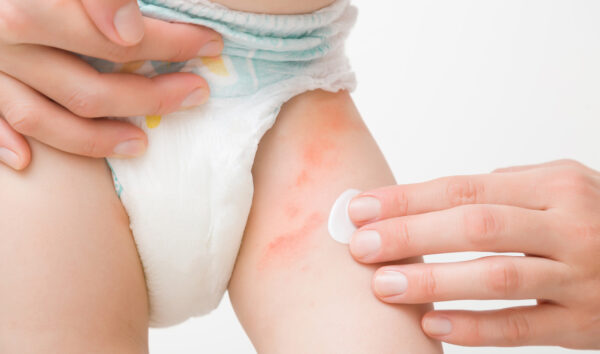
Eczema
Eczema is an inflammation of the skin that’s often red, dry and itchy. In babies it tends to occur on the face and scalp.
Although its cause is unknown, it’s thought to involve an over-reactive immune system and tends to occur in people with an allergy to a number of things. Common allergy triggers, such as wool and perfumed soaps, can make eczema worse. Try to avoid direct contact with wool by putting cotton singlets or cotton tops under woolen jerseys. Also avoid overdressing or overheating your baby.
Certain foods (via breast milk) may also be a trigger; it’s important to discuss the possible causes with your doctor to find the best solution to eczema. Moisturisers are usually recommended, but mild steroid creams may be needed.
To help curb the itching, keep baby’s fingernails short and keep cotton mittens on when sleeping. Scratching the itch can lead to weepy, crusted areas and the risk of infection.
Cradle Cap
Cradle cap is simply the term for thick, scaly areas on baby’s head. It’s very common, doesn’t hurt your baby and requires no treatment, usually going by 6 months of age.
Cradle cap can look greasy, but over time it will usually flake and rub off. To try and remove it yourself, Plunket suggests you massage baby oil onto the cradle cap, leave it for a short time, then shampoo the hair and rub it lightly with a towel, your finger or a soft baby’s toothbrush. You may need to repeat this several times to eliminate the problem.
If cradle cap becomes red and itchy, see your doctor.
Baby Acne or Hormonal Spots
It’s very common for babies between 3-6 weeks of age to get spots that look like acne on their face, head and upper body. These are the result of hormonal changes in the body following the high levels received from mum before birth. Baby acne doesn’t require treatment and usually resolves itself after a few weeks.
Septic Spots
Septic spots may be difficult to differentiate from baby acne, but these signal an infection. These are white or yellow pus-filled spots, and the skin around them may be red and weepy.
They commonly occur in the nappy area or in creases of the neck, arms or legs.
Discuss the problem with your doctor or midwife as antibiotics may be needed to clear the infection.
Jaundice
A slight yellowing of baby’s skin and eyes could indicate jaundice. Bilirubin is one of the body’s waste products, which is normally processed efficiently by the liver.
At low or medium levels, bilirubin doesn’t cause problems, but at high levels it can pose serious risks to baby.
Jaundice could point to problems in the blood or liver, so it’s important to get professional advice if:
- Jaundice began in the first 24 hours of baby’s life.
- Jaundice is present at two weeks or more.
- Baby is jaundiced and has pale stools.
- Baby is unwell and becoming increasingly yellow.
Burns and Scalds
You’ll want to protect your child from getting burnt at all costs – burns and scalds can cause severe damage and permanent scarring.
- Always test the bath water with the inside of your wrist before putting baby in.
- Always keep hot liquids away from baby’s reach.
- Keep power cords, matches and lighters out of reach.
- Use safety plugs in all electric power points.
If your baby gets burnt, cool the area quickly under cold or cool water for 20 minutes, then wrap the injured area in a clean cloth (such as a pillowcase). Phone your doctor immediately for further advice.
Sun Safety
Sun safety is vital for protecting the skin and future health of your baby. Children’s skin is very sensitive to sunburn, so even on cloudy days you should follow sun safety advice and keep baby out of the hot sun between 11am-4pm.
Apply a sensitive SPF 30+ broad spectrum sunscreen and use sunhats that shade the face and neck.
Prevention and Treatment
1. Less is best
Baby skin is perfect, and needs very little to keep it that way. When bathing baby, use plain bath water and a gentle non-soap cleanser for hair and body. Soaps, bathing liquids, baby oils and moisturisers are optional extras that are best used sparingly, or as advised by your doctor or Well Child provider.
2. Let the skin breathe
Natural fibres are kinder on skin: Some materials can irritate baby skin or aggravate a condition like eczema. Soft cotton or cotton-blend fabrics are best as they allow skin to breathe, preventing build-up of moisture and the risk of overheating. If dressing baby in synthetic fibres, such as polyester, acrylic or nylon, put on a cotton undershirt or bodysuit against the skin. Make sure bedding and blankets are also breathable and gentle on baby’s skin.
3. Seek professional advice
Any skin changes are worth discussing with your doctor or midwife. A health professional can offer a firm diagnosis and advise the best course of action. A rash associated with lethargy or feeding problems could signal a serious problem: if in doubt, check it out.
4. Let nature run its course
Most skin problems resolve themselves over time. In the case of dry skin or cradle cap, it’s often best to bide your time and let nature run its course. Your Well Child provider will advise what’s best.
5. Your babies sensitivities
If your baby’s skin problem is allergy-related, as with eczema, you might consider avoiding common allergy triggers; these include foods such as milk, eggs, peanuts, soy, wheat, fish, salicylates and some preservatives, and common irritants such as soaps, detergents, wool and rough fabrics. Weather, both hot and cold, may also trigger an allergy. But only some babies are sensitive to these things. For an individual diagnosis, a doctor may take a history of skin reactions or arrange for allergy testing. Avoiding trigger factors and irritants will help control and prevent the occurrence of skin allergies.






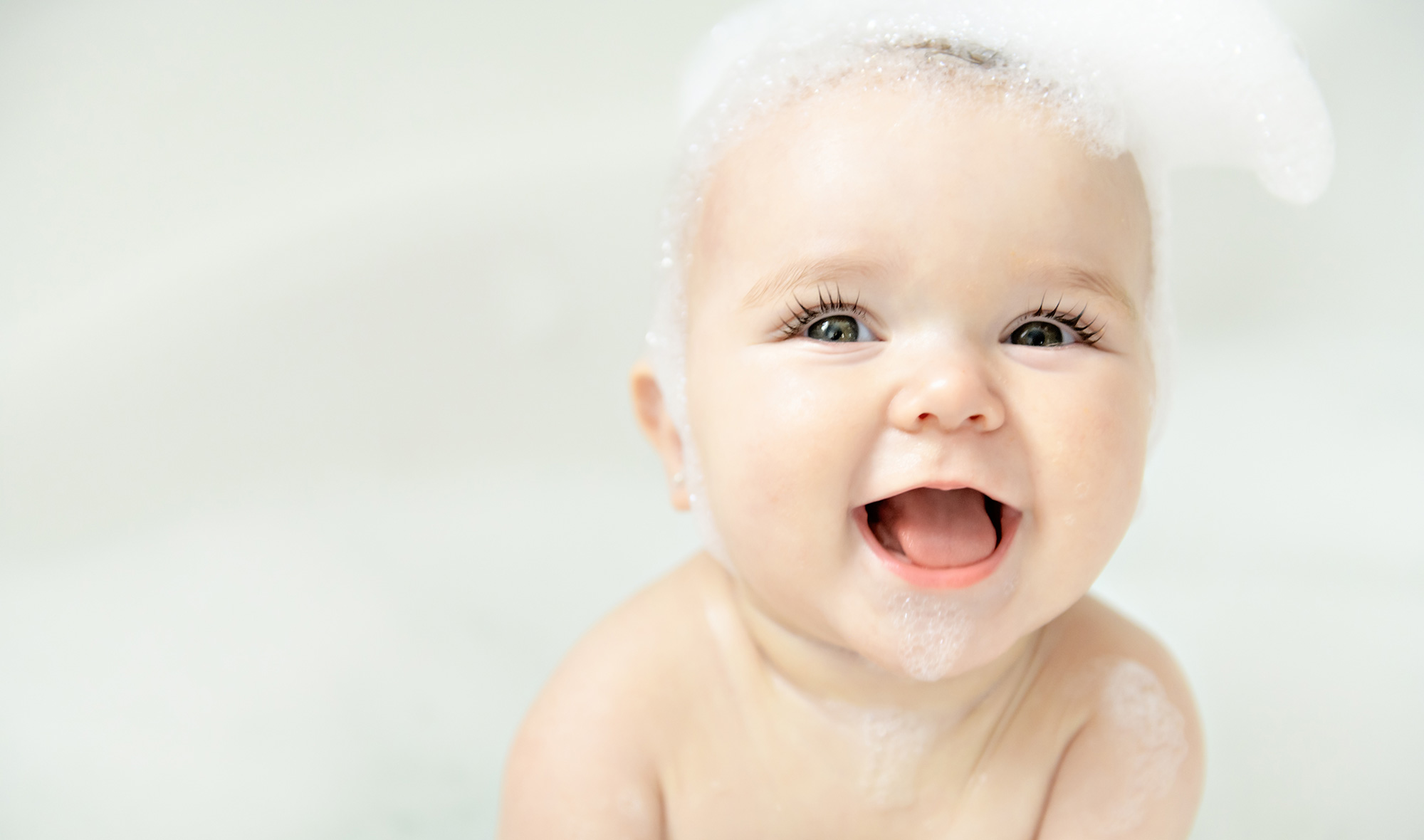

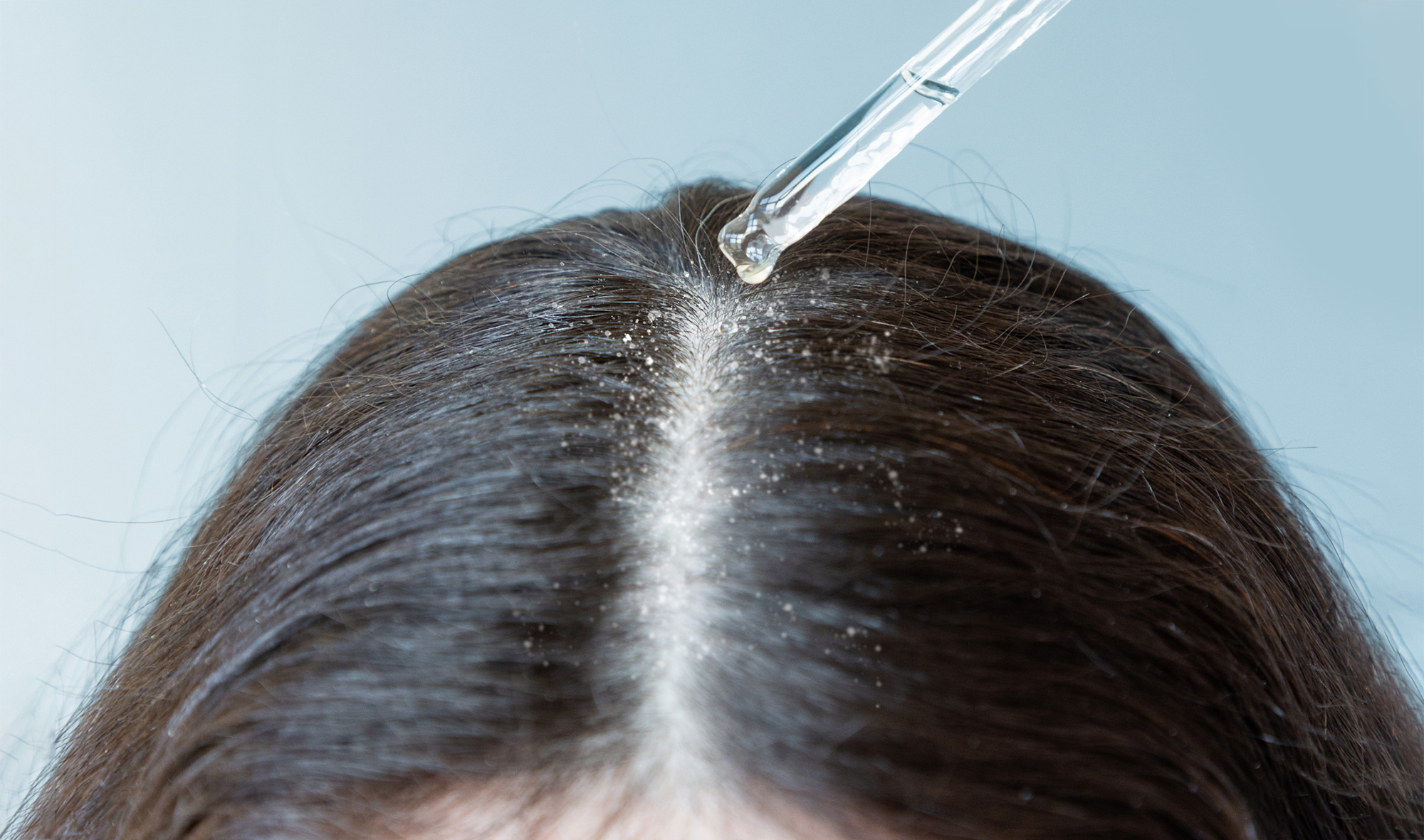
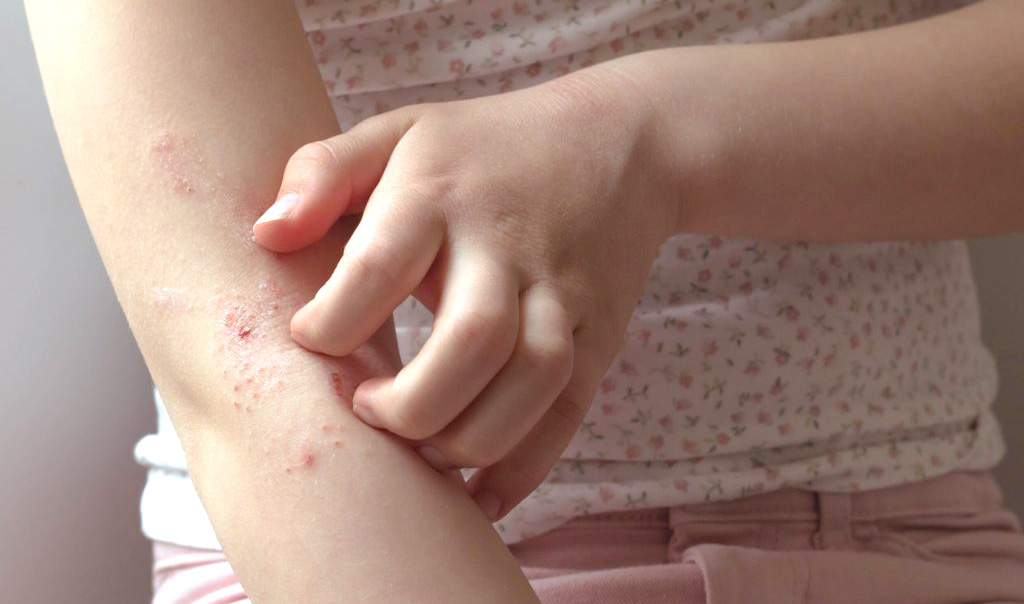
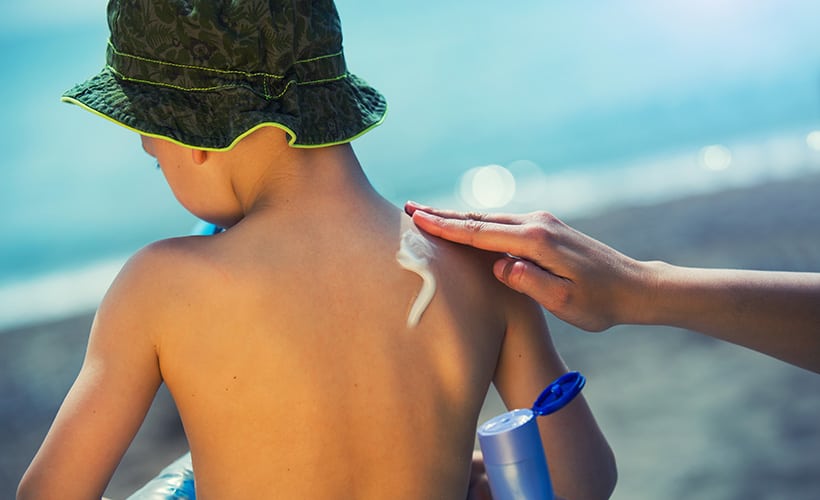
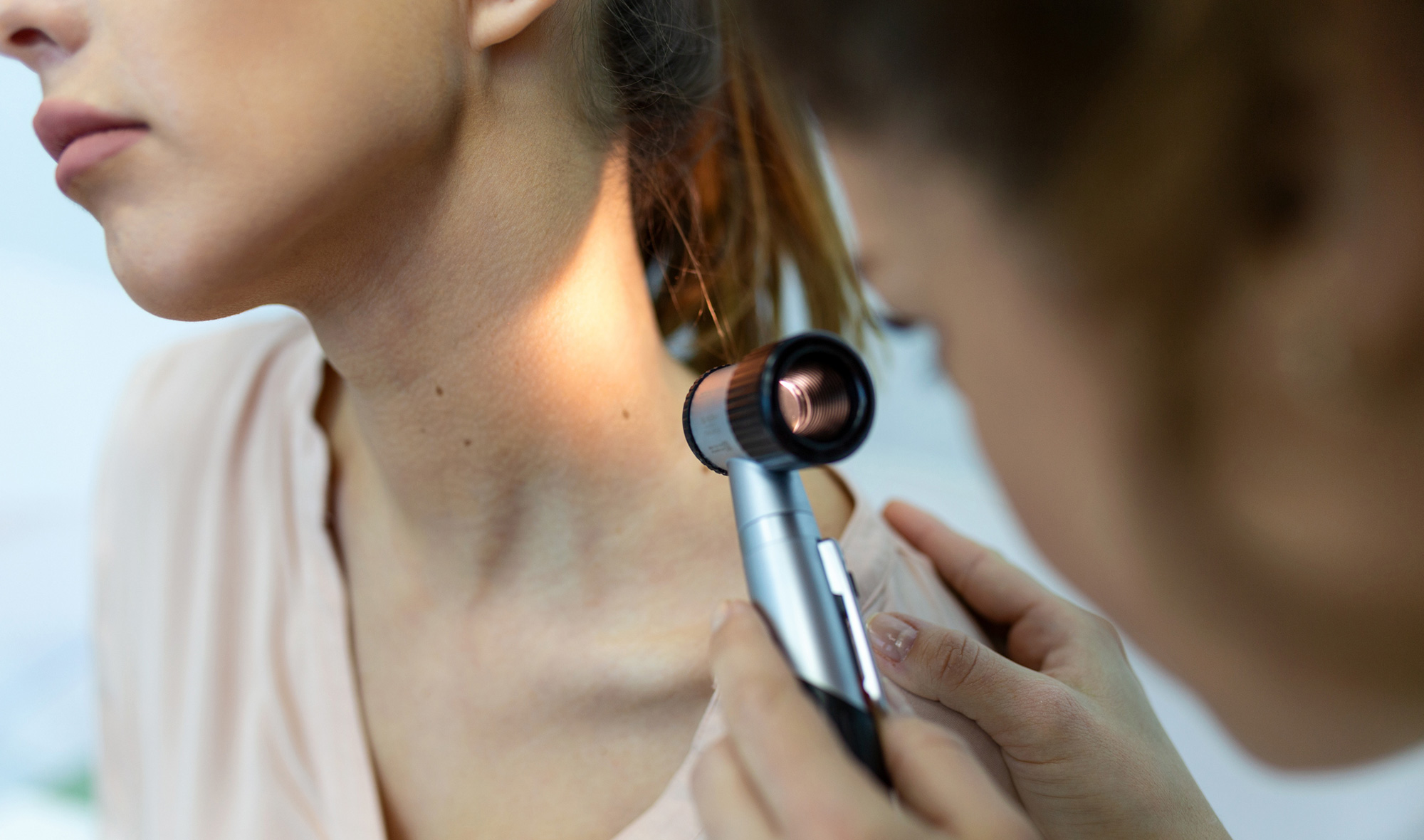


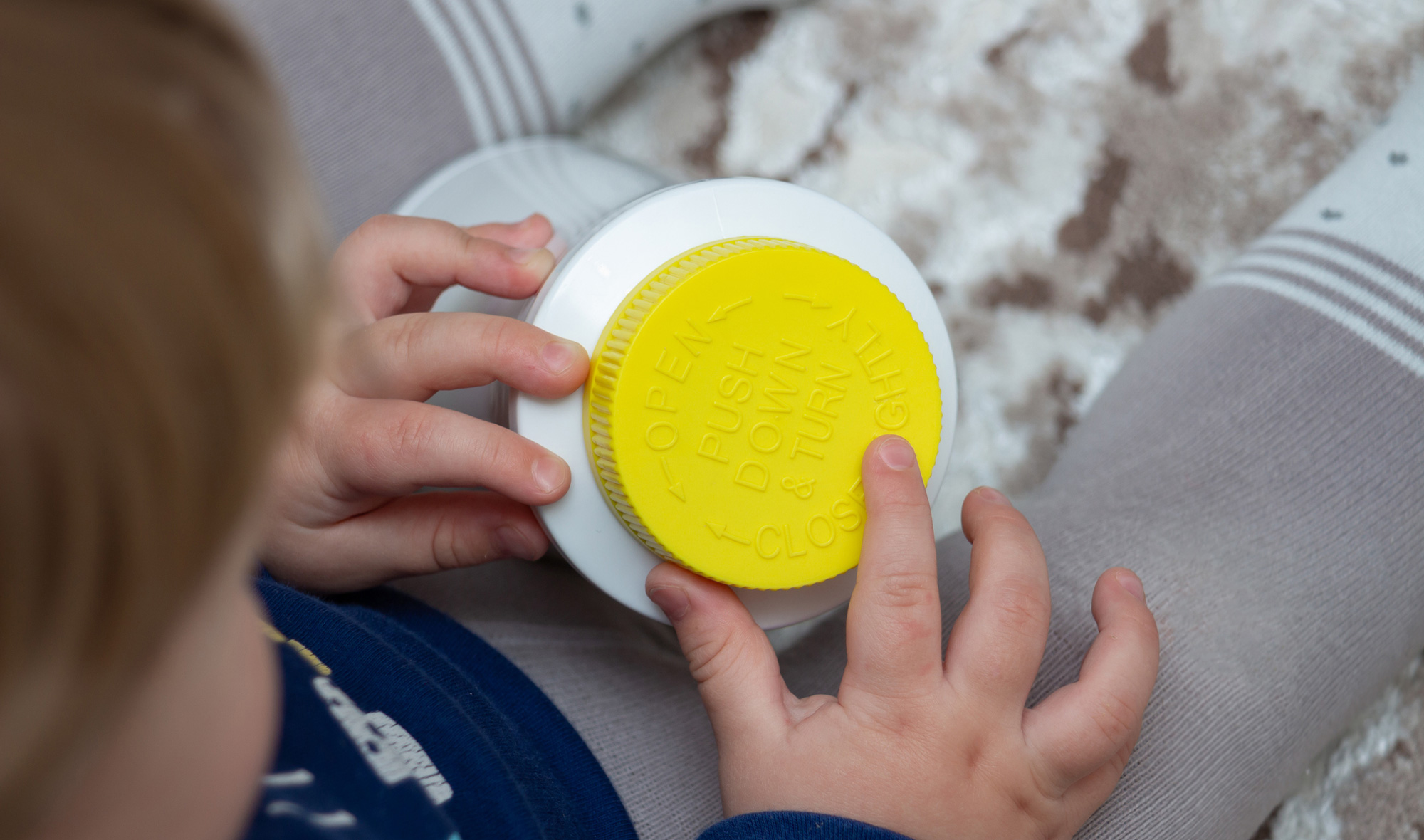
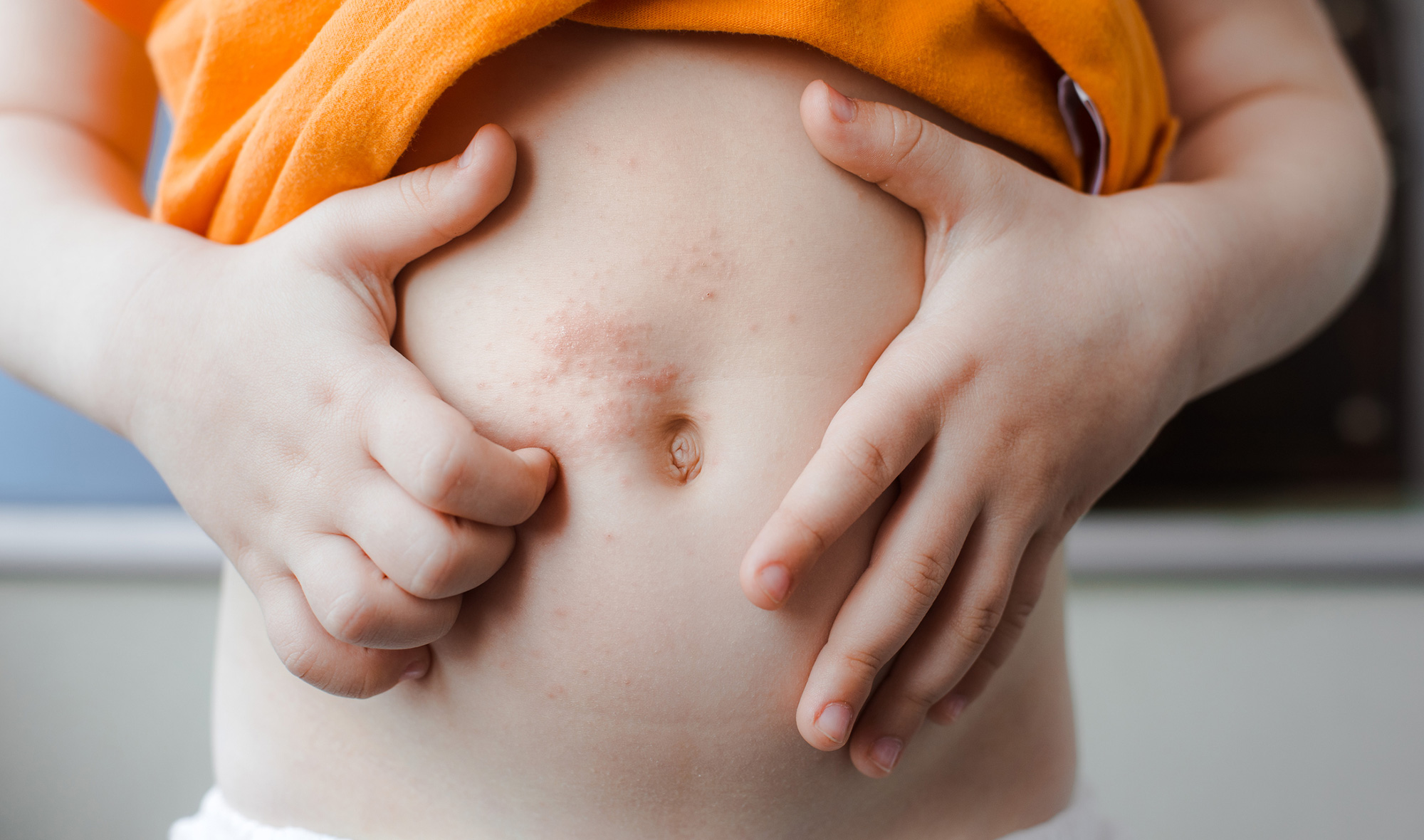

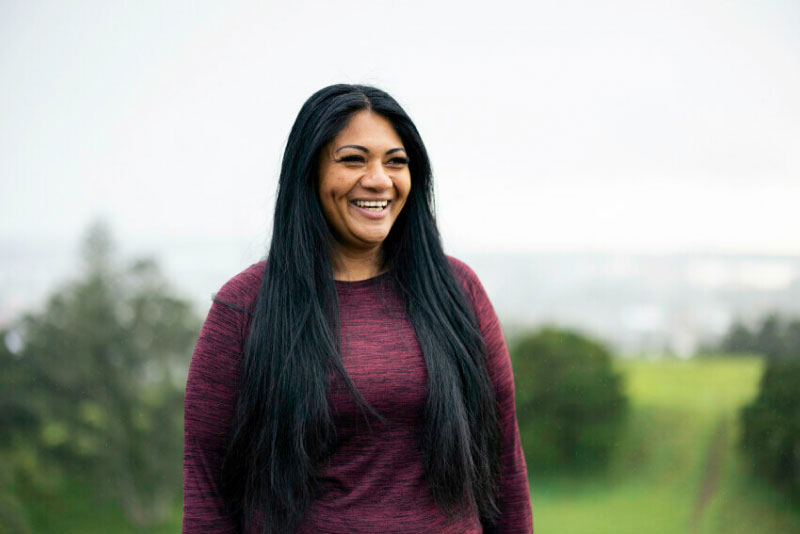
Community